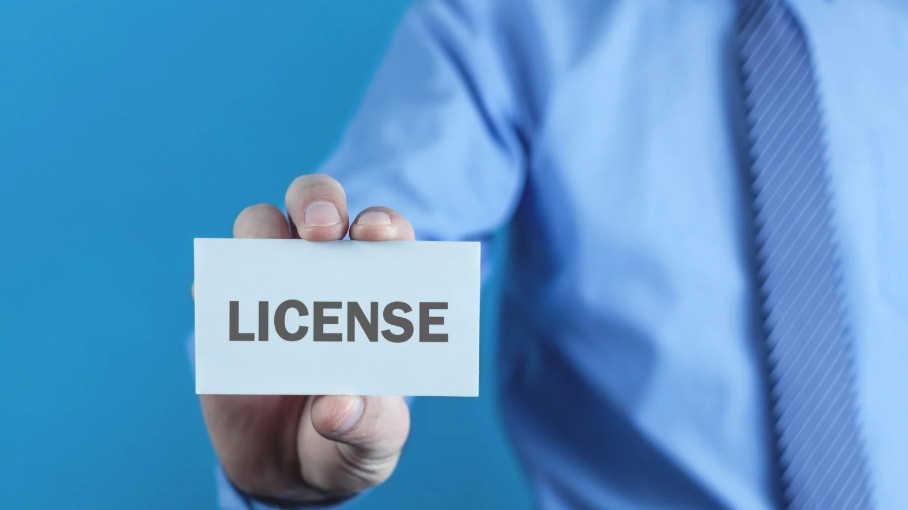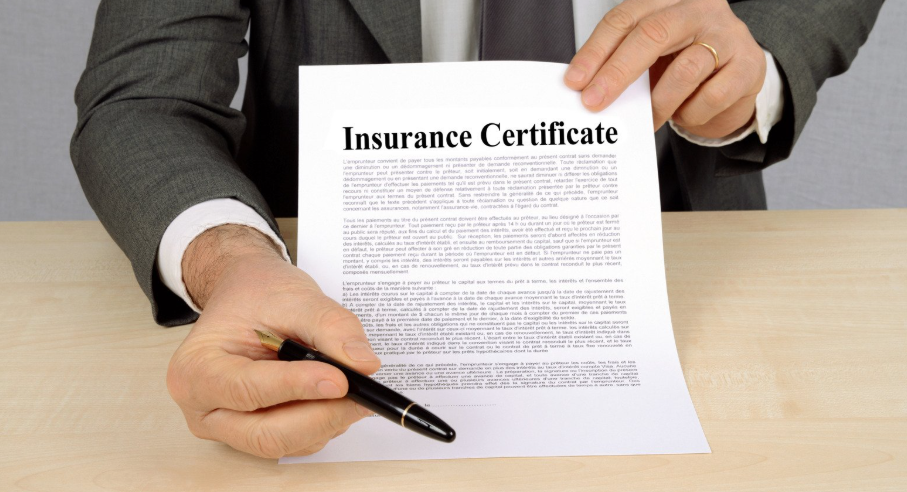Exporting goods from Nepal to the United States is more than just loading a container, it involves following a global trade system that emphasizes compliance, transparency, and precision at every step.
The U.S. continues to be among Nepal’s leading export markets, especially for fine products like handmade carpets, luxurious pashmina scarves, intricate handicrafts, specialty teas and coffees, aromatic spices, striking jewelry, and stylish garments.
Before a single product appears on U.S. shelves or online stores, it must clear a pathway marked by strict paperwork and approvals. These documents are vital for U.S. customs, for compliance with foreign-exchange regulations, and for assuring U.S. buyers that the shipment is authentic and up to standard.
This guide will walk you through, document by document, all that’s necessary to export products from Nepal to the USA, step by step.
1. Obtain Nepal Export License

First and foremost, every exporter must secure an Export License, the foundational permit that grants legal permission to ship goods outside national borders. Without this document, customs in Nepal will not authorize your shipment, halting any further processing.
- Issued by: Department of Customs / Department of Commerce, Supplies, and Consumer Protection
- Purpose: This license proves that the exporter is recognized by the government and that exit of goods is done legally.
- Example: Planning to ship Nepali tea or pashmina abroad? Secure this license before letting the shipment leave the dock.
👉 The export license doesn’t just fulfill a legal requirement. It opens doors to tax rebates and export incentives, letting you save real money.
2. Firm/Business Registration Certificate
Every exporter needs a legally registered business. The Firm Registration Certificate is your official proof that the company exists.
- Issued by: Company Registrar’s Office or by local municipalities, in case you are a sole proprietor.
- Purpose: This document is necessary to sign export contracts, negotiate rates with freight forwarders, and clear goods with customs.
- Example: Customs officials will check this certificate before allowing your shipment of handmade jewelry to leave the country.
👉 Without this proof, you can’t enter a contract or negotiate a deal with a buyer in the U.S. or anywhere else.
3. VAT/PAN Registration
Register your business for both VAT (Value Added Tax) and PAN (Permanent Account Number). These registrations are key for staying compliant with Nepali tax laws and for accurate financial reporting.
Purpose:
- PAN Compliance: Obtaining a Permanent Account Number (PAN) is vital for tax identification, ensuring your business is ranked correctly for income tax in Nepal.
- VAT Registration: Exporters who register for Value-Added Tax (VAT) can reclaim tax paid on goods leaving Nepal.
Advantage: VAT-registered exporters benefit from discounts and outright returns of tax paid on inputs.
👉 Example: If you send handicrafts worth $20,000, your VAT status lets you apply for a refund, thus keeping more cash in your business and side-stepping double tax.
4. Commercial Invoice
The Commercial Invoice is a must-have for international shipping. Acting as both a sales bill and a binding agreement, it is required by Nepali and U.S. customs for clearance.
Key details to include:
- Names and addresses of both exporter and importer
- Harmanized System (HS) code of the goods
- Unit price plus total value
- Payment terms (FOB, CIF, etc.)
- Country of origin of the shipment.
For instance, shipping 500 pashmina shawls means your invoice must list 500 as quantity, set a price per shawl, the HSBC code (6505 for shawls), and the business terms you settled on.
👉 U.S. customs uses this file to calculate import duties and to check if your shipment meets legal import rules.
5. Packing List
While the Commercial Invoice covers the money side, the Packing List lays out the shipment physically.
Shipping documentation can make or break your export success. Here are some key documents that you must have to keep your shipment moving smoothly.
The packing list gives details about your shipment, including:
- Number of cartons, boxes, or pallets
- Weight and volume of each package
- Marks and labels on packages
- Handling instructions
Example: If you are shipping carpets, list how many rolls you have, their exact dimensions, and both net and gross weight.
👉 Without this document, customs can hold up clearance while they check your shipment physically, costing you time and money.
6. Certificate of Origin (COO)
The Certificate of Origin proves that your goods were manufactured in Nepal. U.S. buyers often request this document to save on tariffs and to confirm product authenticity.
- Issued by: Federation of Nepalese Chambers of Commerce and Industry (FNCCI) or the Department of Commerce
- Purpose: Allows U.S. customs officers to confirm the source of goods and to grant any applicable duty exemptions.
Example: Many U.S. buyers of handmade Nepali carpets ask for a COO to ensure that the products are genuinely Nepal-origin.
👉 The COO is critical: some products from Nepal qualify for duty-free access under U.S. trade preference programs, and without the COO, you lose that benefit.
7. Bill of Lading or Airway Bill
The Bill of Lading (B/L) for sea shipments or the Airway Bill (AWB) for air shipments is the transport contract between you and the carrier. Here’s what you need to remember:
Bill of Lading (Sea): Use this when you’re loading big ocean containers, like those full of carpets or garments.
Airway Bill (Air): Handy when you’re flying smaller, high-value shipments like jewelry or handicrafts.
Purpose:
- Proves who owns the cargo while it’s on the move.
- Banks need it so they’ll pay you using a Letter of Credit.
- Customs in both the origin and destination countries ask for it.
👉 For example, if you’re sending herbal tea by air, you’ll fill out the AWB with shipment weight, consignee info, tracking number, and other key details.
8. Export Declaration Form (ED Form)
The ED Form is a must for the Nepal Rastra Bank, so they can track foreign currency coming in.
- Issued through: Any commercial bank in Nepal.
- Purpose: Guarantees that overseas buyers send payment, and that it’s recorded in Nepal’s currency system.
- Example: If a buyer in the U.S. sends you $30,000 for a handicrafts shipment, the bank fills out the ED form to confirm that this amount is officially counted as foreign currency coming into Nepal.
👉 No ED form means the payment cannot be legally accepted for your export.
9. Insurance Certificate

International cargo is always exposed to risks like theft, fire, or rough handling. An Insurance Certificate limits your losses by covering the shipment while it’s in transit.
- Purpose: This step keeps both the buyer and seller safe when unexpected events happen during a shipment.
- Example: Suppose your tea shipment gets damaged while crossing the ocean. An insurance certificate lets you quickly claim the compensation you deserve.
👉 Buyers in the U.S. typically prefer shipments that are insured, especially when the tea’s value is significant.
10. FDA Registration & Compliance (For Certain Products)
When you are shipping food, drinks, herbal items, cosmetics, or dietary supplements to the U.S., you have to follow the rules set by the Food and Drug Administration (FDA).
Requirements
- Register your facility with the FDA.
- Send a Prior Notice before food products are shipped.
- Label the products with the nutrition facts, a list of ingredients, and the country of origin.
Example: For instance, when you are exporting Himalayan herbal tea, you must file a Prior Notice to the FDA before the shipment gets to the U.S.
👉 If you do not follow the rules, the U.S. might reject, destroy, or return your shipment.
11. Extra Certificates (Varies by Product)
Depending on what you’re shipping, you might need one or more extra certificates:
- Phytosanitary Certificate: Necessary for plant items such as tea, coffee, ginger, cardamom, and herbs.
- CITES Certificate: Required if your item comes from an endangered species, like leather or bone crafts.
- Textile Certificates/Quota Permits: Required for clothing and fabric.
- Handicraft Certification: Needed for cultural or traditional handicrafts.
👉 Example: When you export organic coffee, you need a phytosanitary certificate to show that your shipment is free of pests and safe for U.S. entry.
Step-by-Step Export from Nepal to the USA
1. Register your business with the Company Registrar and get your PAN or VAT number.
2. Apply for an export license and any permits specific to your product.
3. Prepare the main documents: Commercial Invoice, Packing List, Certificate of Origin (COO), and ED Form.
4. Book your shipment by air or sea and get either a Bill of Lading (B/L) or an Air Way Bill (AWB).
5. Purchase insurance for the shipment.
6. Submit documents for customs clearance in Nepal.
7. Make sure to meet U.S. rules and regulations, like FDA or USDA, based on what you are exporting.
8. Deliver the goods to the buyer with tracking, record the payment, and keep copies of all documents.
Why Having the Right Papers Matters
Improper or missing documentation can:
- Cause customs delays in both Nepal and the U.S.
- Lead to penalties or storage fees at U.S. ports
- Result in loss of buyer trust if shipment is held up
- Even lead to seizure of goods if FDA rules are not followed
👉 Well-prepared documentation builds credibility, speeds up clearance, and ensures long-term success in the export business.
How Bizstartz Can Supercharge Nepali Exporters
Bizstartz is your go-to partner for smooth exporting from Nepal. We know that many Nepalese firms struggle not only with U.S. sales but also with winning the trust of American customers. Our mission is to help you close that gap as painlessly as possible.
Here’s what we do for you:
- Form a U.S. LLC. This adds a layer of trust, making U.S. buyers more comfortable, and it helps overcome tricky payment hurdles.
- Handle FDA registration for food items, supplements, and cosmetics, so your products get approved on the first try.
- Secure EIN and ITIN and ensure you stay compliant with U.S. tax rules, keeping the IRS happy.
- Walk you through export documents, including COO and ED forms, to clear customs without drama.
- Open U.S. bank accounts and set up payment platforms like PayPal and Stripe, so your money moves quickly and cheaply.
By working with Bizstartz, Nepali businesses can confidently step into the U.S. market and grow their international sales.
Conclusion
Shipping Nepalese goods to the U.S. is a fantastic opportunity. Yet it comes with a mountain of paperwork, from export licenses to FDA approvals. Each document is not just a box to tick; it’s a chance to impress American customers.
When filed correctly, paperwork ensures smooth transit and bolsters your international standing. With Bizstartz on your side, you can tackle this paperwork with ease and open the door to the enormous U.S. market. Let’s get your products flying across the ocean!


